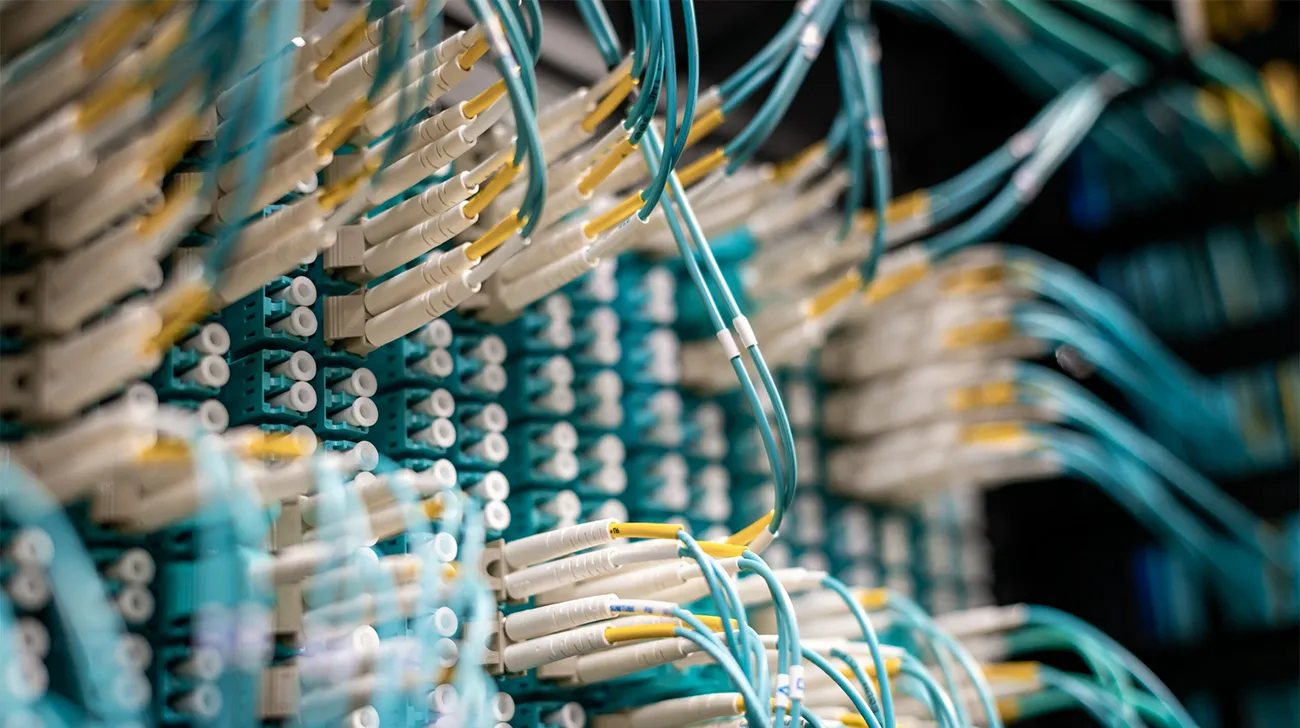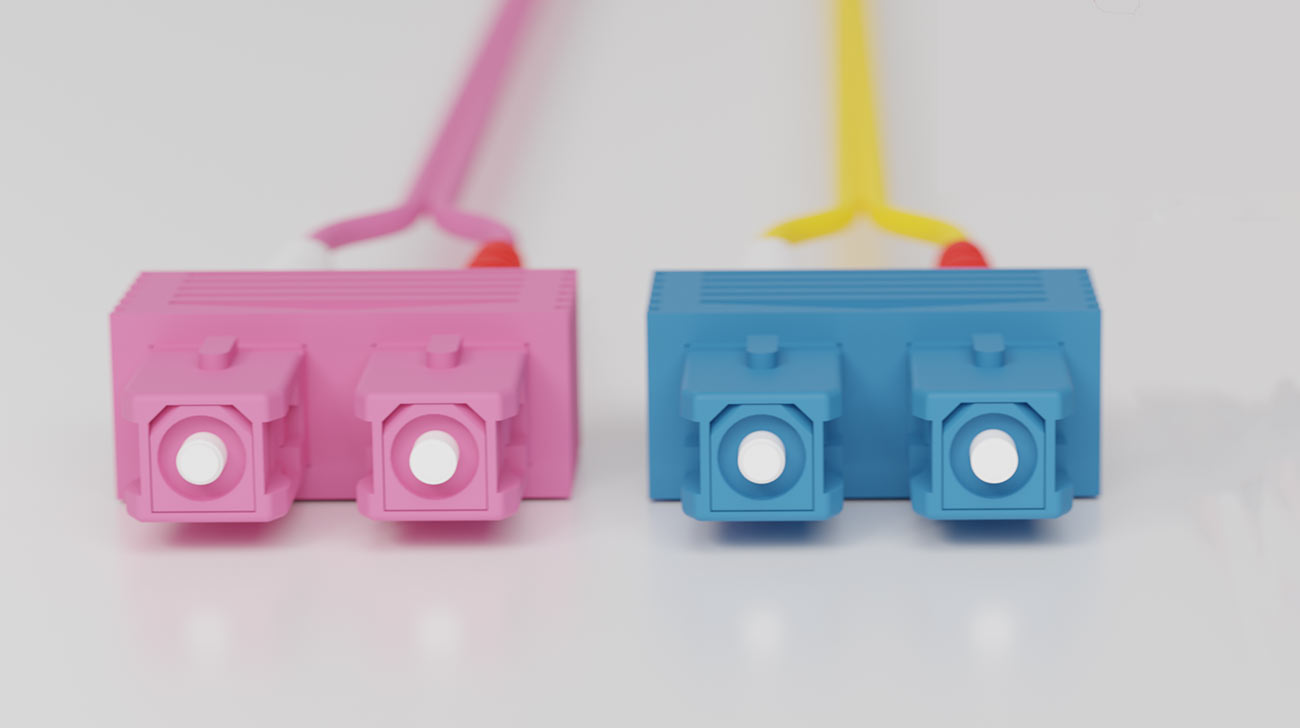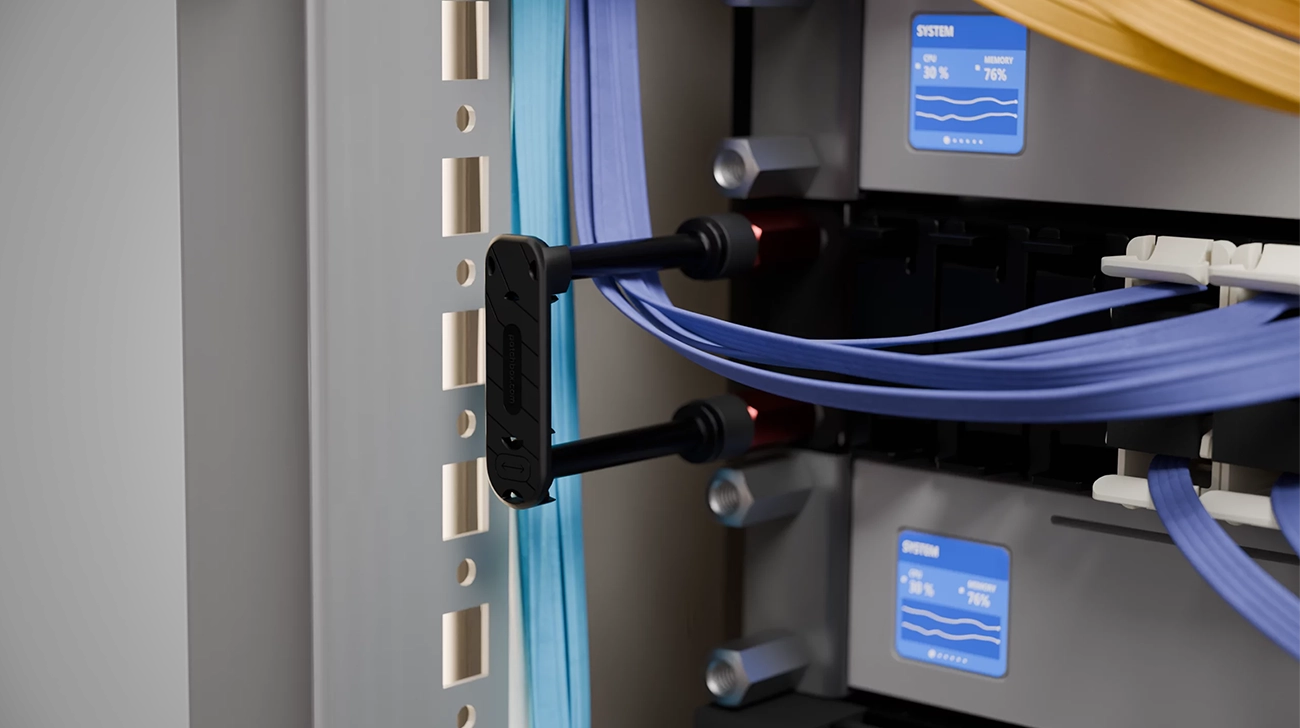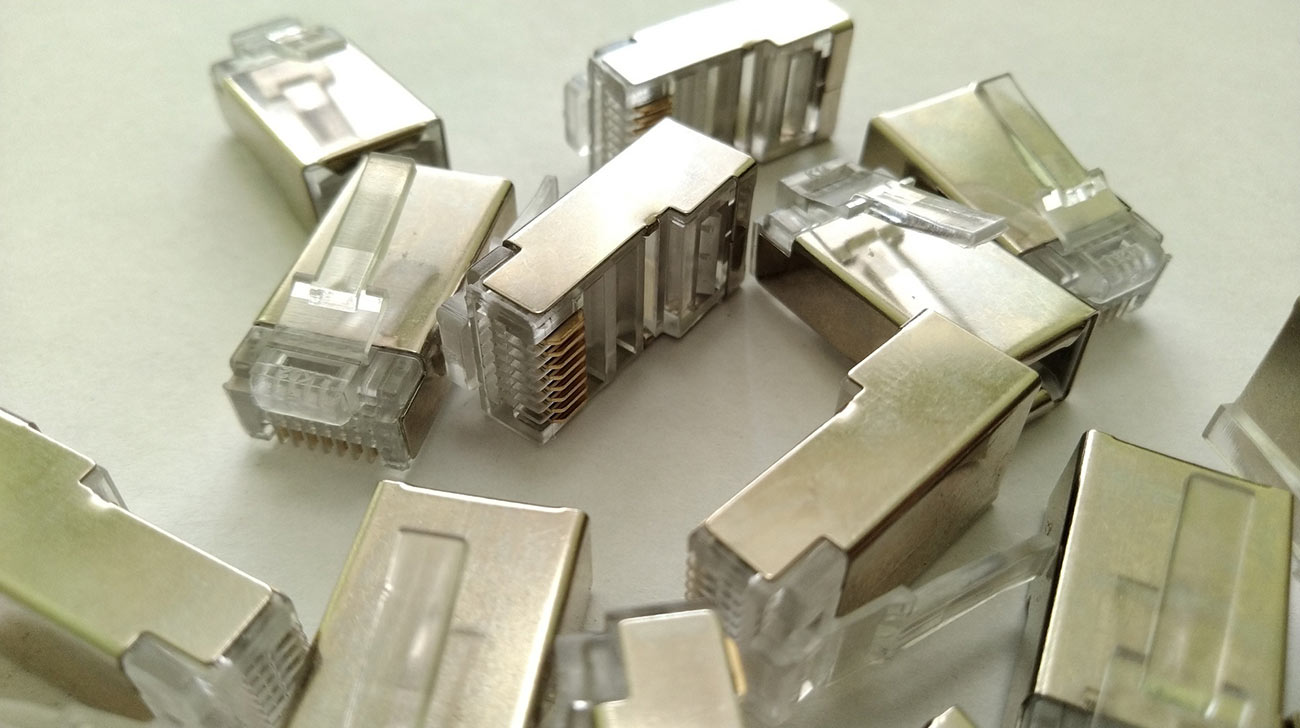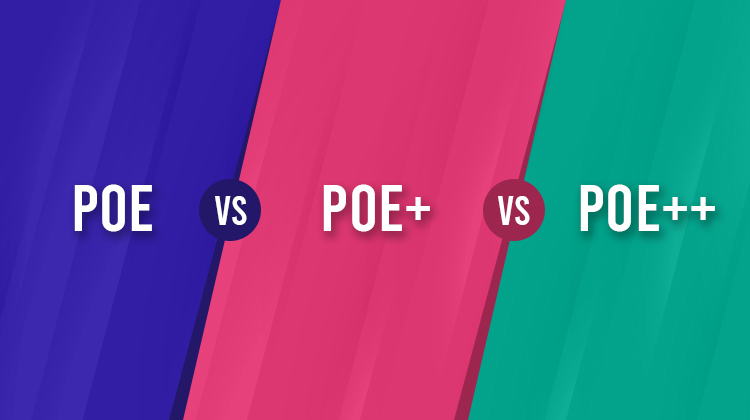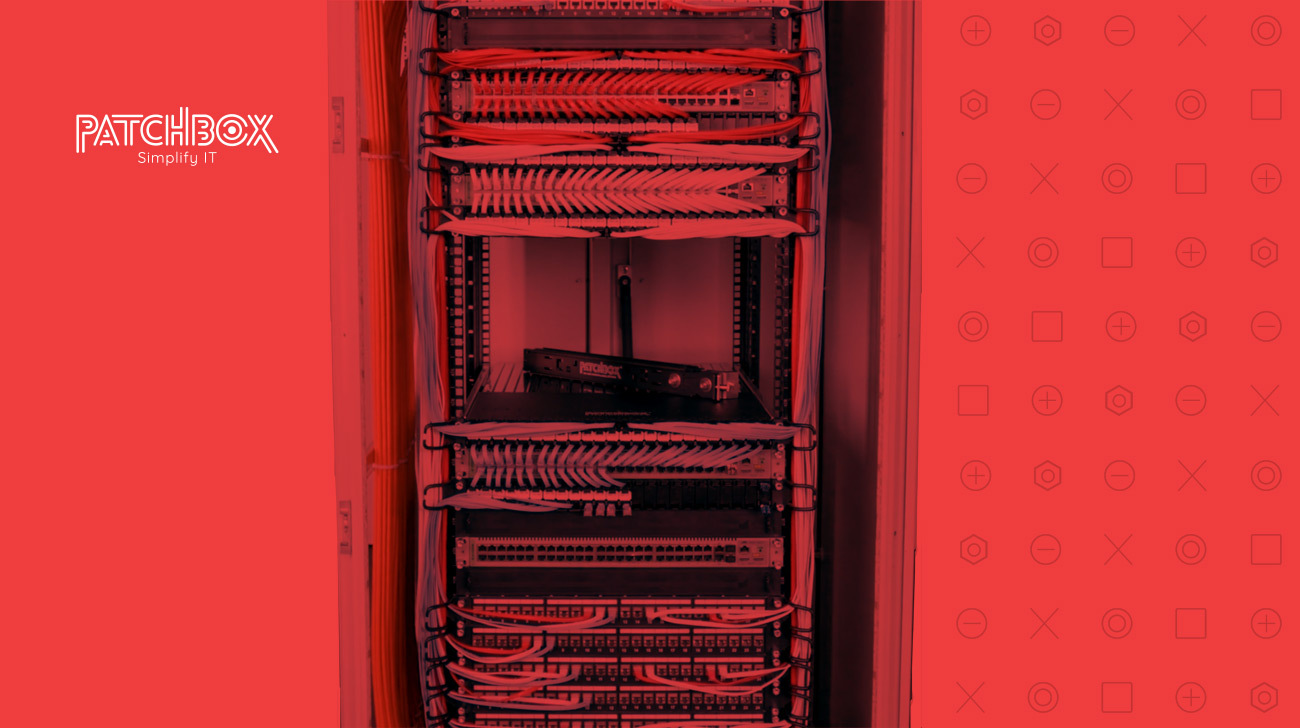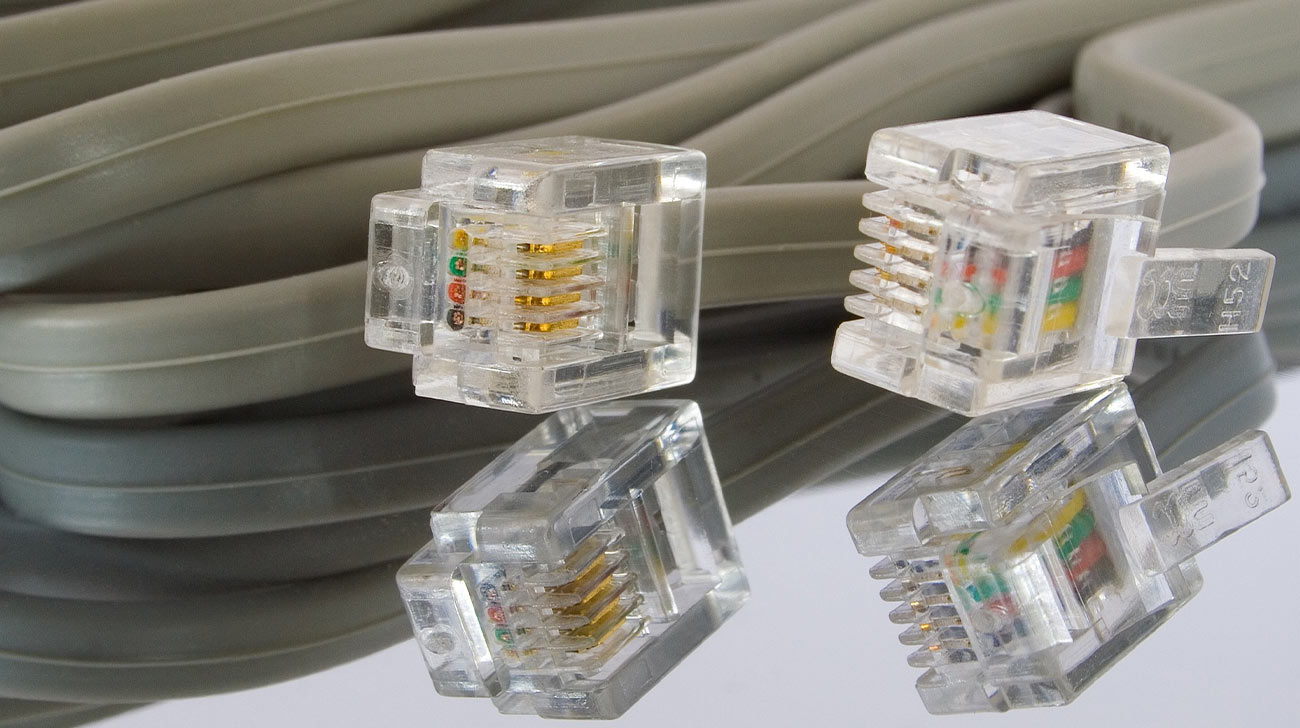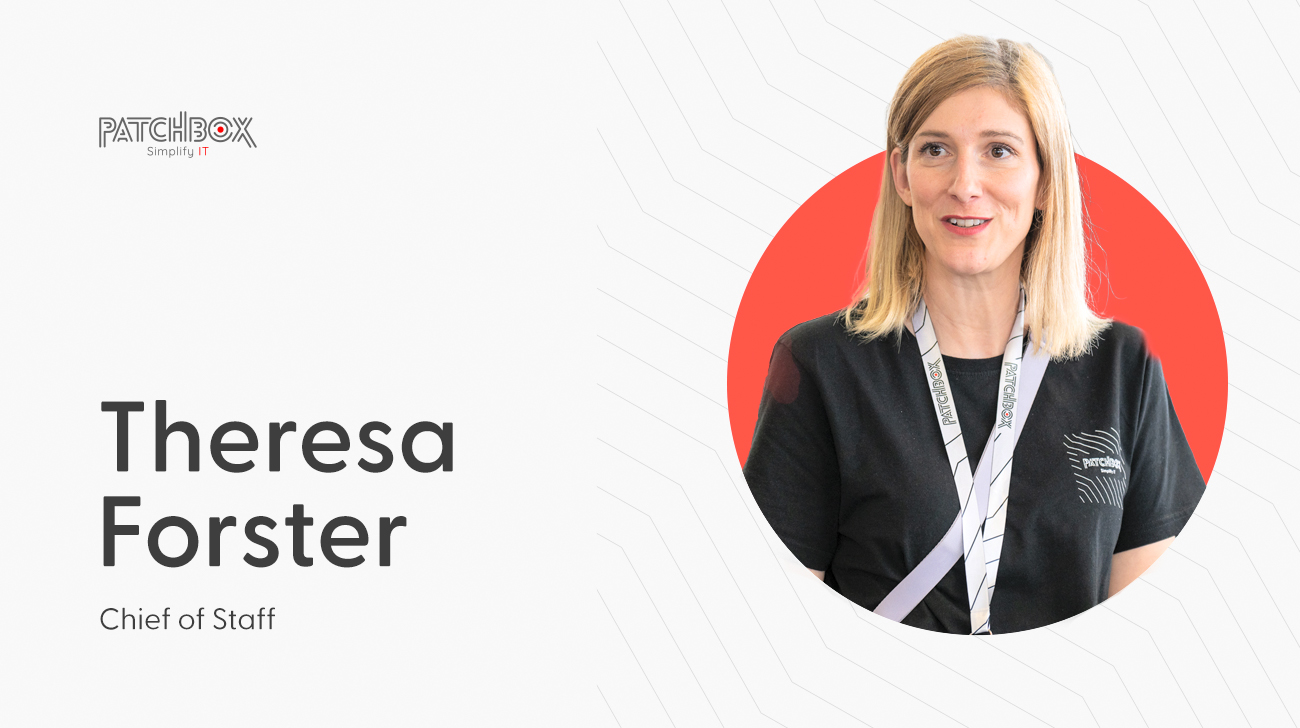Fiber Optic Connectors are also called end connector because it connects two ends of fiber optic cables together.
These connectors hold the fiber optic cables together inside the ferrule. This allows them to be attached to the other side of the cables.
Ferrules are the end pieces of the connector that are used to fasten and secure the termination. They are also called clamping rings or ferrules.
Some of them are inserted into a matching adapter and screwed to hold the two parts together. Others are fitted with a bayonet catch, while still others snap into place.
Most types of fiber connectors require some force to connect and disconnect. This reduces the risk of accidentally pulling the cables apart during use or when installing other components.
What are fiber optic connectors used for?
The areas of application are many and varied. On the one hand, they are used in local area networks (LAN). Due to their greater bandwidth, they are more powerful alternatives to other types of cable. In addition, they can be laid over longer distances without loss of quality.
Because of these properties, other sectors in which fiber connectors are used almost open up by themselves.
Whether in the military, in television technology or in the industrial sector. Fiber optic connectors and their cabling can be found almost everywhere nowadays.
Types of fiber optic connectors
The most common ones
Fiber optic connectors differ depending on which cable types they connect. For example, singlemode and multimode connectors each connect to the cable with the same mode compatibility.
Many electronic devices that require such connections have different types of connectors.
The most common fiber optic connectors are the Lucent Connector and the Subscriber/Square Connector. SC and LC connector types are so widely used that many systems are designed for them.
Besides them, there are also connector types such as FC or MPO.
ST, MPO/MTP & FC Connectors
ST connectors (ST=straight tip) were the most widespread connector type in fiber optic technology until the turn of the millennium.
They have a 2.5 mm ferrule and are used for multimode applications. Due to their screw connection, the ferrules are often difficult to separate from the end device.
MPO (Multipath Push-On or Multiple-Fiber Push-On) connectors can bundle multiple fibers into a single fiber connector. In high-density environments, MPO connectors can save space compared to SC connectors or other alternatives.
However, cleaning the individual connectors becomes difficult because so many are housed in one connector.
Finally, ferrule core (FC) connectors should also get a mention. Before the introduction of LC and SC connectors, they were also widely used.
Due to their screw connector, they were mainly used in industrial environments where a lot of cable movement was prevalent. However, the round shape and screw connector take up too much space for modern applications.
Colour coding for fiber optic connectors
Just as there are colour codes for cables, the colour of the connector also tells you what type of connector can be used.
Here is an overview of the fiber optic colour codes:
| Type | Colour code |
| Singlemode (0°=PC) | blue |
| Singlemode (8°=APC) | green |
| Multimode OM1 + OM2 | black/beige |
| Multimode OM3 | turquoise |
| Multimode OM4 | purple |
